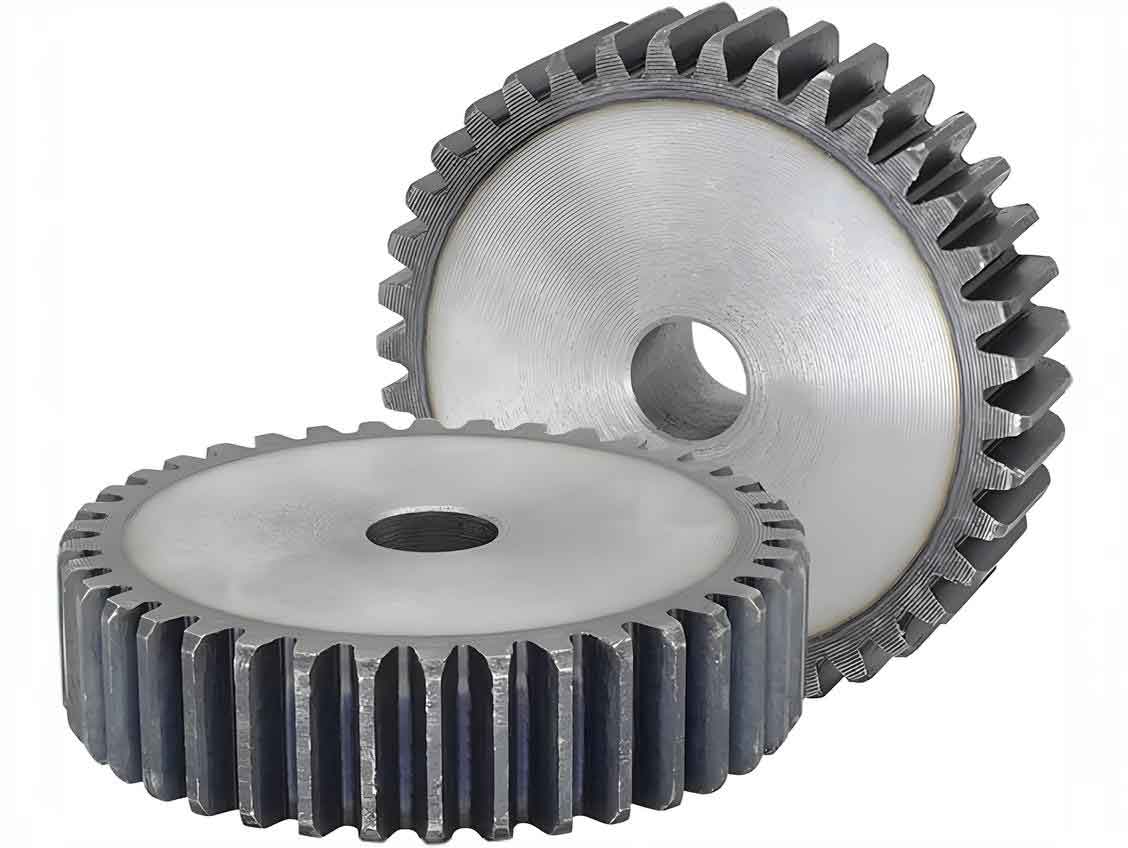Abstract
Spur gear is critical components of heavy-duty mechanical transmission systems, and the demand for them in the market is huge. However, the traditional cutting process, which is still the main industrial process for manufacturing large modulus spur gear in China, cannot meet the requirements of high-efficiency production, low cost, and high-performance gear components. This paper focuses on the research and development of a continuous cold extrusion process and mold technology for spur gear, aiming to improve production efficiency and reduce costs.

Table of Contents
- Introduction
- Background and significance of the research
- Research objectives and contributions
- Literature Review
- Current status of spur gear manufacturing technology
- Existing problems and challenges
Table 1: Comparison of Different Spur Gear Manufacturing Processes
| Process | Material Utilization | Production Efficiency | Technological Feasibility |
|---|---|---|---|
| Traditional Cutting | Low | Low | High |
| Warm/Hot Forging + Cold Finishing | Moderate | Moderate | High |
| Cold Extrusion | High | High | Moderate to High |
- Research Methodology
- Selection of research object: sun gear from a truck hub reducer
- Development of three cold extrusion forming process schemes
- Finite element modeling and simulation
- Analysis of Research Object
- Structure and manufacturing requirements of the sun gear
- Limitations of existing manufacturing processes
- Cold Extrusion Forming Process Schemes
Table 2: Overview of Cold Extrusion Forming Process Schemes
| Scheme Number | Description | Advantages | Challenges |
|---|---|---|---|
| Scheme 1 | Simultaneous forming of internal and external teeth | High material utilization | Complex mold design, high forming load |
| Scheme 2 | Continuous cold extrusion of external teeth, then internal teeth | High production efficiency | Possible deformation of external teeth during internal tooth formation |
| Scheme 3 | Continuous cold extrusion of external teeth, followed by finishing and machining of internal teeth | High material utilization, high production efficiency, simpler mold design | Requires additional machining step for internal teeth |
- Finite Element Simulation and Analysis
- Modeling and simulation setup
- Analysis of forming quality, velocity field, stress field, and strain field
- Optimization of Die Structure and Process Parameters
- Optimization of die entrance angle and split thickness
- Application of Kriging model and genetic algorithm for mold optimization
- Production Trial and Verification
- Preparation of billets
- Mold processing and assembly
- Continuous cold extrusion production trial
- Post-processing and quality inspection
Table 3: Comparison of Different Process Schemes Based on Simulation Results
| Scheme Number | Material Utilization | Production Efficiency | Process Feasibility |
|---|---|---|---|
| Scheme 1 | High | Moderate | Low |
| Scheme 2 | Moderate | High | Moderate |
| Scheme 3 | High | High | High |
- Conclusions and Future Work
- Important conclusions of the research
- Limitations and future research directions
Conclusion
The research on the continuous cold extrusion process and mold technology for spur gears has significant implications for improving production efficiency and reducing costs. Through the development and optimization of three different process schemes, it was found that Scheme 3, which involves continuous cold extrusion of external teeth, followed by finishing and machining of internal teeth, offers the best balance between material utilization, production efficiency, and technological feasibility. Future work should focus on further exploring and refining the cold extrusion forming process, as well as investigating the interaction between various process parameters.
